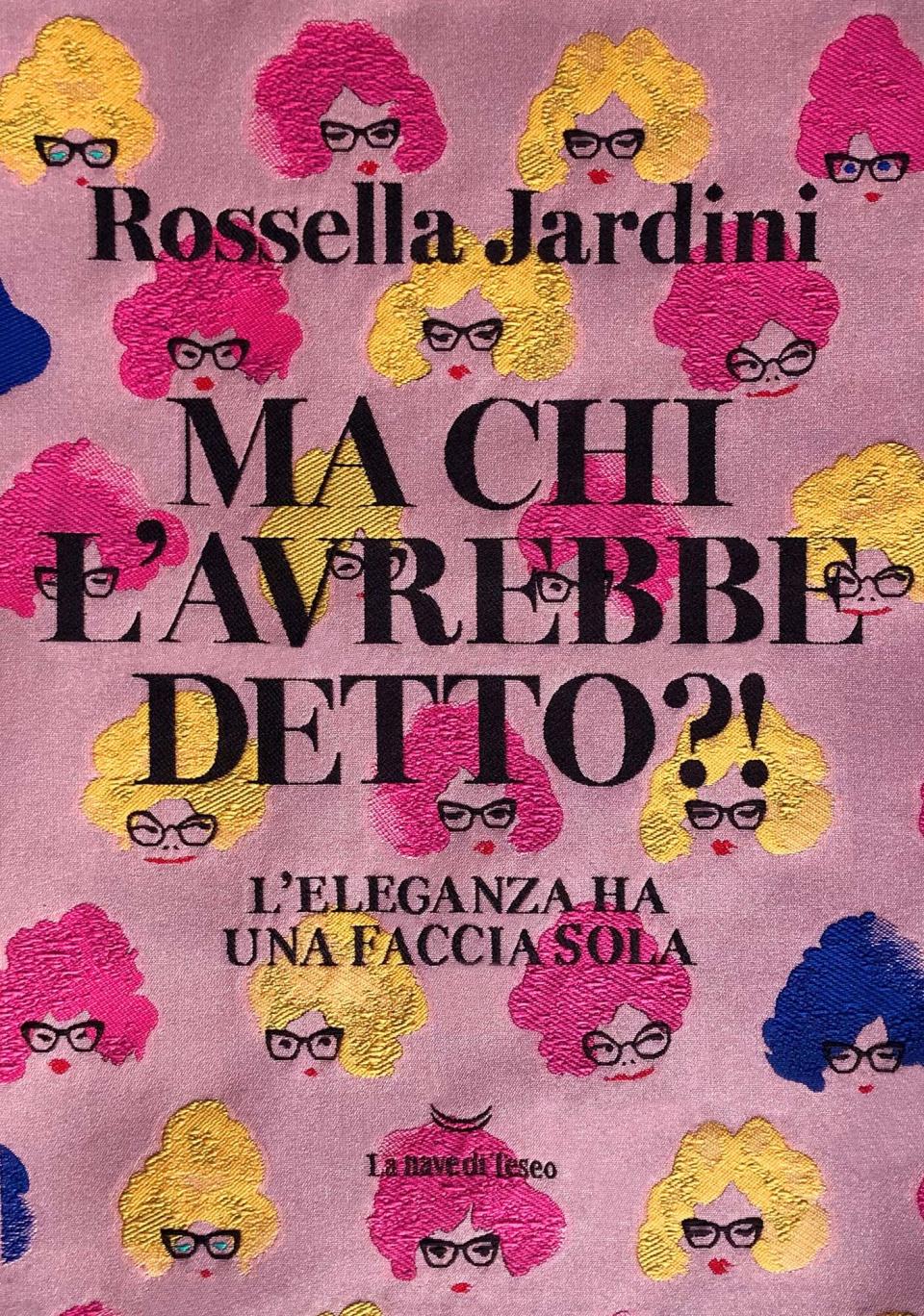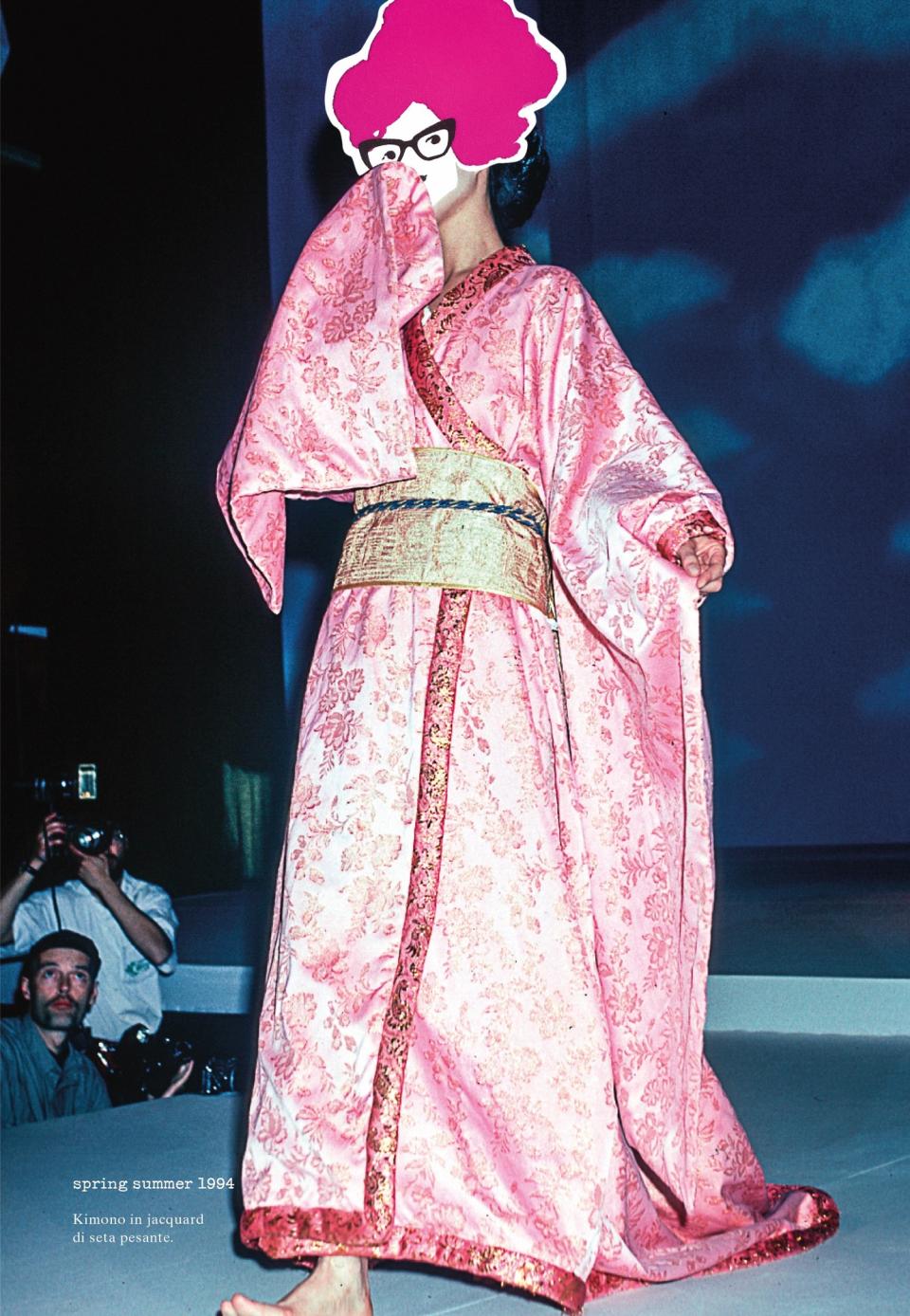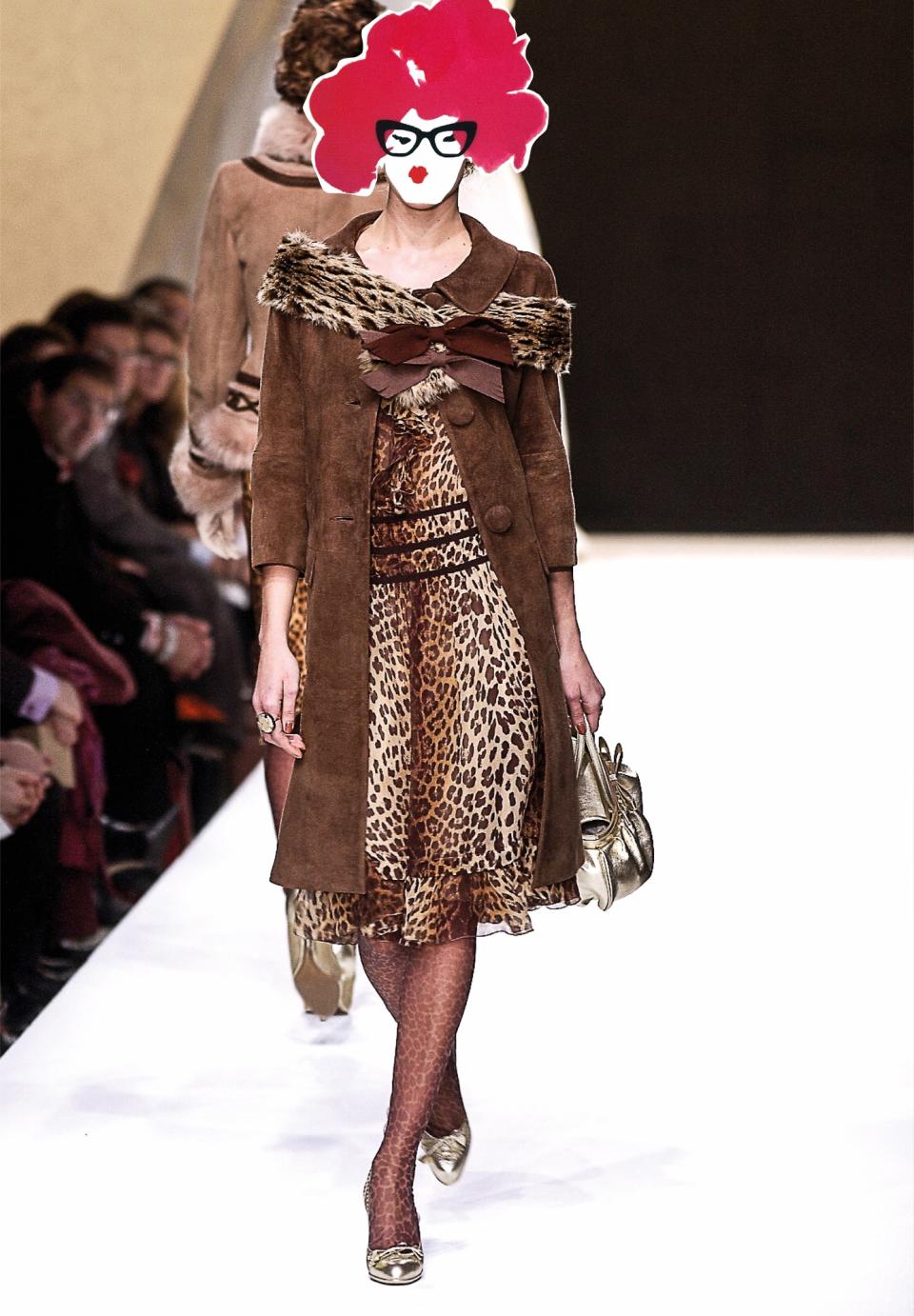Moschino’s Former Creative Director Rossella Jardini Releases a Tell-all Biography

MILAN — “She’s a Capricorn, rising sign Hermès.”
That’s how the late Franco Moschino would usually bill Rossella Jardini, his right-hand woman for more than a decade. She turned out to be a pivotal figure in keeping the designer’s legacy — and spirit — alive in the aftermath of his untimely death in 1994.
More from WWD
Jardini remained at the creative helm of the Italian house until 2013, succeeded by Jeremy Scott.
She’s known for her bubbly and spirited personality, lavish lifestyle and high-society connections, traits that fascinated Moschino, who established with her a symbiotic business and personal relationship — and had her office in Milan curtained with patchwork Hermès scarves to make her feel in her element.
A new biography published by La Nave di Teseo titled “Rossella Jardini — Ma Chi L’Avrebbe Detto?” or “Rossella Jardini — Who Would Have Said It?” in English, is Jardini’s tell-all coming out 11 years since parting ways with the house owned by Aeffe SpA. It marks an opportunity to celebrate the late designer, their connection and her contribution to the fashion brand.

“Everyone knows the bond I had with Franco [Moschino],” Jardini said at Tuesday’s book presentation here. “I didn’t even have time to grieve, I went back to work immediately but I dreamed of him quite often after his death,” she reminisced.
She made it clear from the start that she was also aiming to get some things off her chest, including sharing her dislike for Scott’s tenure at the house. “I’ve been very offended by Jeremy Scott’s 10-year tenure, he destroyed Franco’s [image],” she said, while praising Adrian Appiolaza’s debut show last February.
As a close friend who stood by his side until Moschino’s death, Jardini has cherished and visibly continues to cherish Moschino’s fashion legacy.
“There has been much talk of you, but in the end, there has been little talk, and this book wants to be a tribute to us, to our complicity, to our passing of the torch, to our principles, and to our laughs,” Jardini writes in the book’s preface.

The 400-page tome features upside-down page numbers and is decked in a jacquard cover bearing a pattern she designed for the Moschino brand back in the day of a lady’s face with voluminously combed hair and red lipstick. It was co-authored by fashion journalist Antonio Mancinelli, who helped Jardini’s whirlwind memories of her life with Moschino come into shape.
The opening section is filled with anecdotes aimed at portraying the nature of this relationship, in which private and public life, business and leisure were intertwined against the backdrop of glitzy and glamorous cities such as Milan, London and New York.
Key codes of the brand were the fruit of that rapport, cemented after Jardini left her job at Bottega Veneta to join her friend’s brand in 1983, then in its early stages of development. The way the pair would poke fun at life, the witty use of words in daily conversations, were all part of the creative process.

For one, the signature silk shirt bearing the word “niente” or “nothing” in English, Jardini said, was the result of a conversation between the two in which she really didn’t want to print any text on the chic blouse. Moschino took her response quite literally and had the garment printed with that word.
The book’s second section, divided into chapters dedicated to archetypes of the Moschino style — from cowboy hats and flags to wild animal motifs and polka dots, the little black dress and the white shirt — juxtaposes images of Franco Moschino’s designs with Jardini’s.
An appendix devoted to accessories, particularly the signature heart-shaped bags, logo belt and chunky costume jewelry, comes with its own share of anecdotes. Jardini recalled that when introducing jewelry, Moschino would at some point decide not to feature any in the imminent runway show, a decision that led to an intense fight that was resolved when he agreed to stack necklaces and bracelets and all sorts of jewels on a single model wearing a swimsuit.

In the closing chapter, Mancinelli, who spent about two years listening to Jardini’s anecdotes, confessions and memories, recreated a glossary filled with the designer’s quotes on a wide range of topics, from love, power and coherence, to style, divas and pearls — which “solve everything: you can wear the silliest thing, but put a string of pearls around your neck,” she is quoted as saying.
The book, retailing at 60 euros, is available at bookshops and on Amazon.
Best of WWD
Solve the daily Crossword

